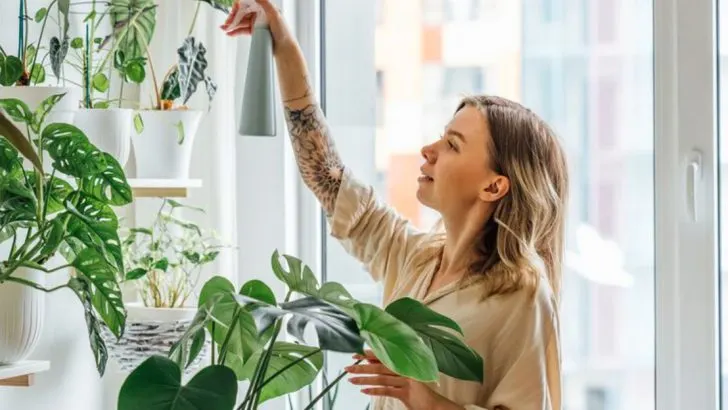Not everything passed down in the garden is worth planting. For every tried-and-true tip, there’s a well-meaning myth that actually does more harm than good — costing you time, energy, and sometimes even your plants.
From burying rusty nails for better tomatoes to watering on a strict schedule, many gardeners are unknowingly following outdated advice that slows progress and sabotages success.
In this article, we dig up 16 of the most common gardening myths — the ones that just won’t die — and explain what really works instead. Whether you’re a beginner or a seasoned grower, learning the truth behind these myths will save you hours of frustration and help your garden thrive naturally.
Myth 1: Watering Plants in Sun Burns Them
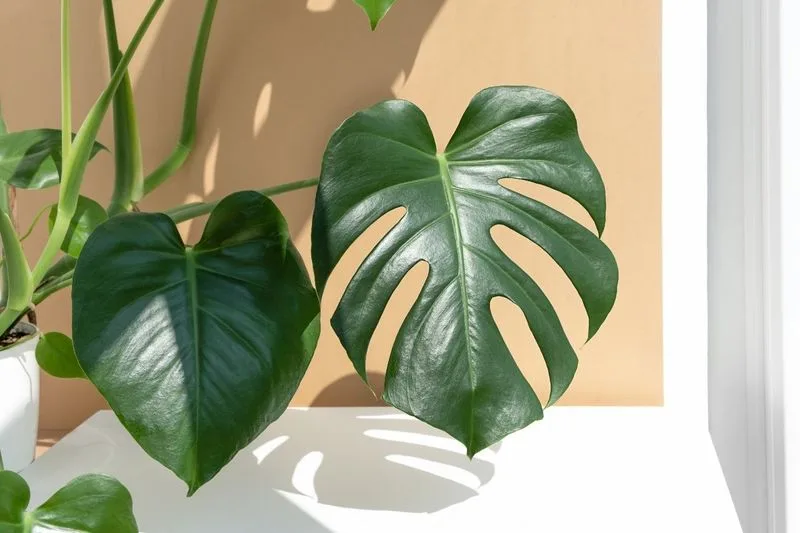
The belief that watering plants under the sun can scorch them has been debunked. The droplets may act as tiny magnifying glasses, but they won’t focus light long enough to burn foliage. Instead, ensure plants receive adequate moisture when needed, regardless of sunlight. Timing your watering to early morning or late afternoon can reduce evaporation, maximizing water efficiency.
Myth 2: Organic Pesticides Are Completely Safe
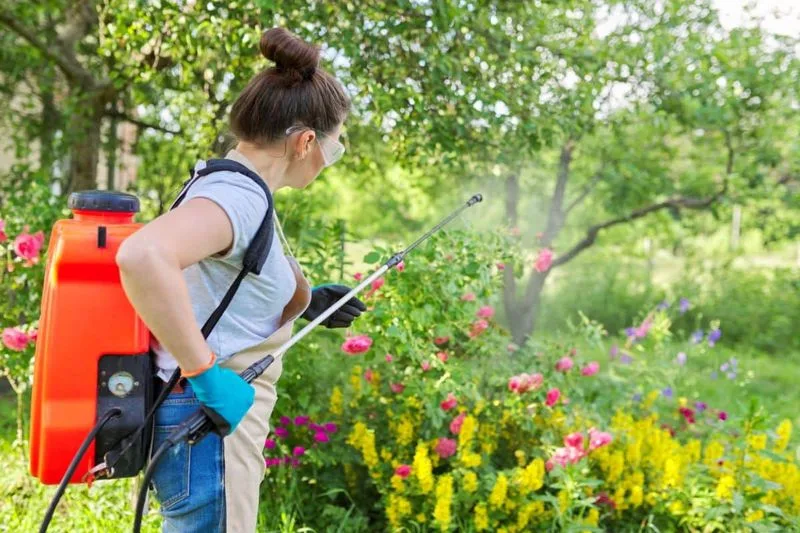
Organic doesn’t always mean harmless. Some organic pesticides can be toxic to beneficial insects like bees. It’s essential to understand and apply them correctly, considering their impact on your garden’s ecosystem. Always follow label instructions and explore alternative pest control methods, like introducing natural predators or using barriers, to protect your plants.
Myth 3: Talking to Plants Helps Them Grow
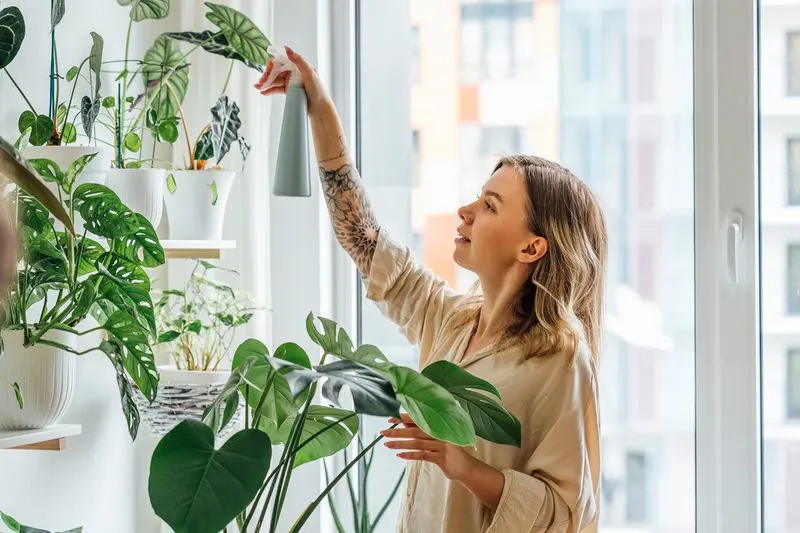
While chatting with your plants might make you feel connected, there’s no scientific proof it affects plant growth. However, the act of talking often means you’re spending more time observing your plants, which can lead to better care. Regular interaction reminds you to check for signs of distress, ensuring healthier development.
Myth 4: More Fertilizer Equals Better Growth
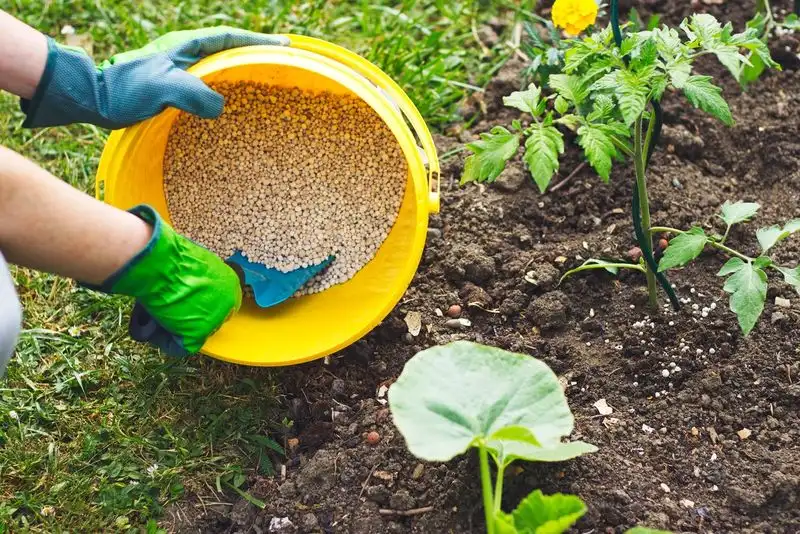
Fertilizer is beneficial, but excess can harm plants, leading to chemical burns or nutrient imbalance. Over-fertilizing can damage roots and reduce plant health. It’s crucial to understand your plants’ specific needs and follow recommended guidelines. Conduct a soil test before fertilizing to provide tailored nutrition without overdoing it.
Myth 5: Planting Trees Deep Helps Stability
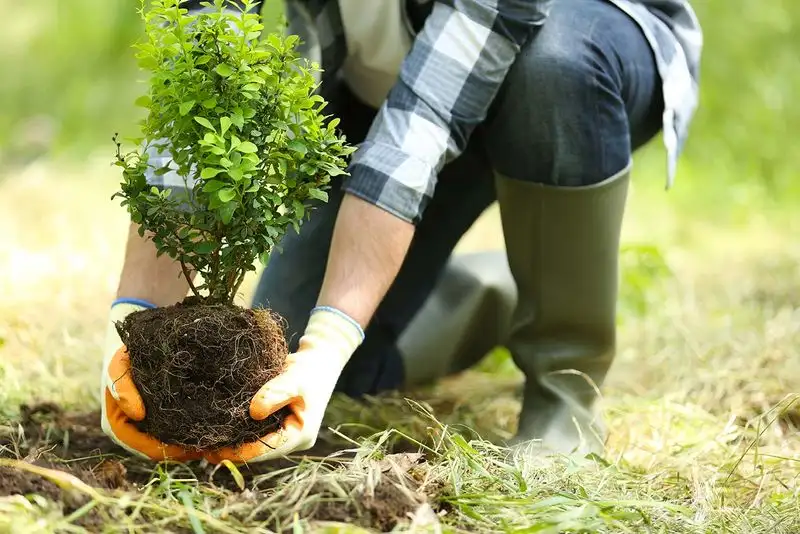
Planting trees too deeply can suffocate roots and hinder growth. Roots need access to oxygen, which deep planting can obstruct. Proper planting depth involves placing the root flare at soil level. This ensures healthy root growth and stability, allowing trees to thrive without struggle.
Myth 6: Compost Heaps Smell Terrible
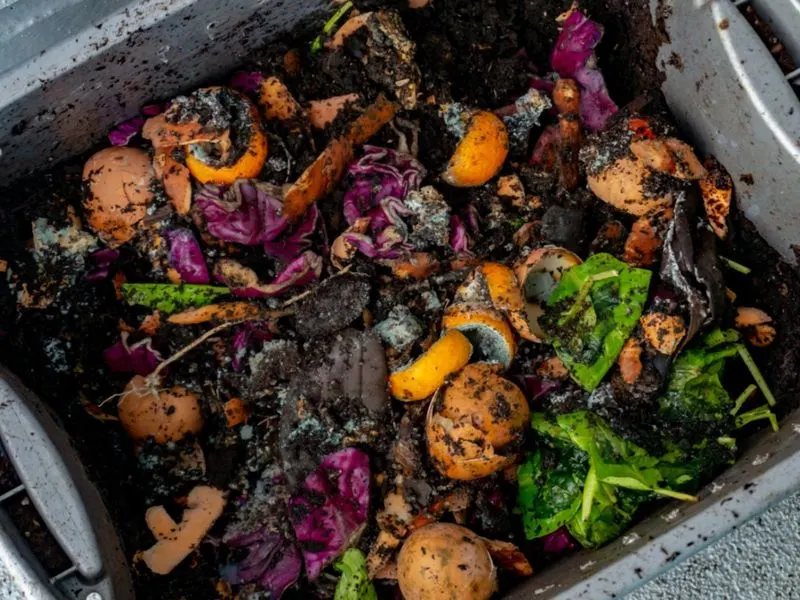
A well-maintained compost heap should not produce offensive odors. Proper balance of green (nitrogen-rich) and brown (carbon-rich) materials, along with regular turning, ensures aerobic decomposition. If your compost smells, it may be too wet or lack oxygen, requiring adjustment. A balanced heap transforms scraps into rich soil enhancer without the stink.
Myth 7: Native Plants Don’t Need Maintenance
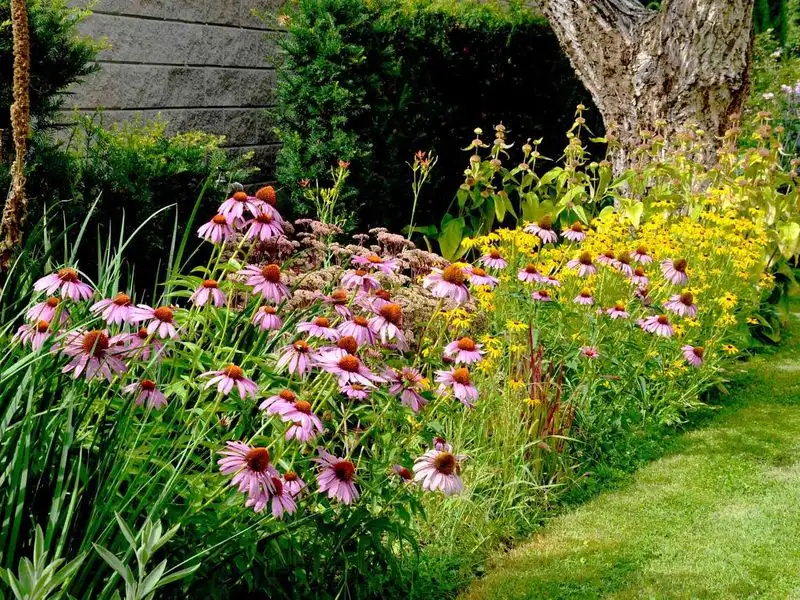
Native plants are adapted to local climates, but that doesn’t mean they’re maintenance-free. They require care like pruning, watering, and pest management. Providing these plants with periodic attention will keep them vibrant and healthy. Understanding their specific needs leads to thriving native gardens that support local ecosystems.
Myth 8: Landscape Fabric Prevents Weeds Forever
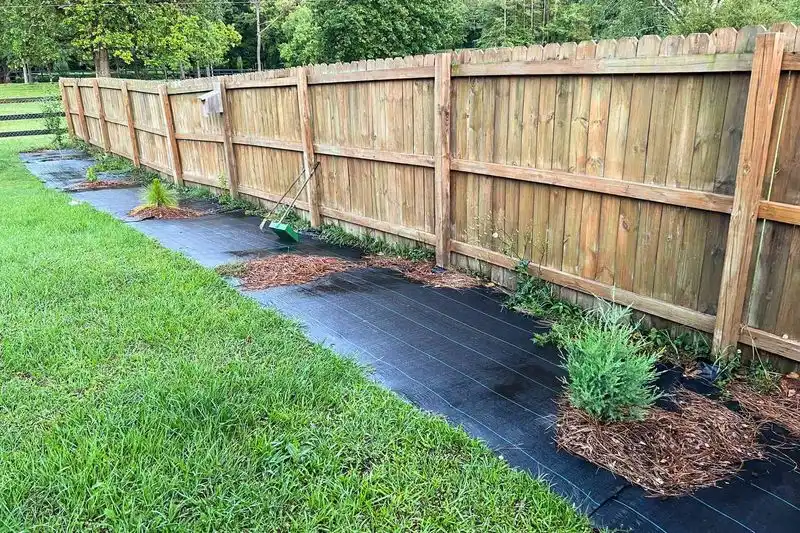
Landscape fabric may suppress weeds temporarily, but it isn’t foolproof. Weeds can emerge from seeds blown on top or grow through small tears over time. Instead of relying solely on fabric, combine it with mulch and regular weeding for long-term effectiveness. A proactive approach keeps your garden weed-free without constant struggle.
Myth 9: Certain Plants Repel All Pests
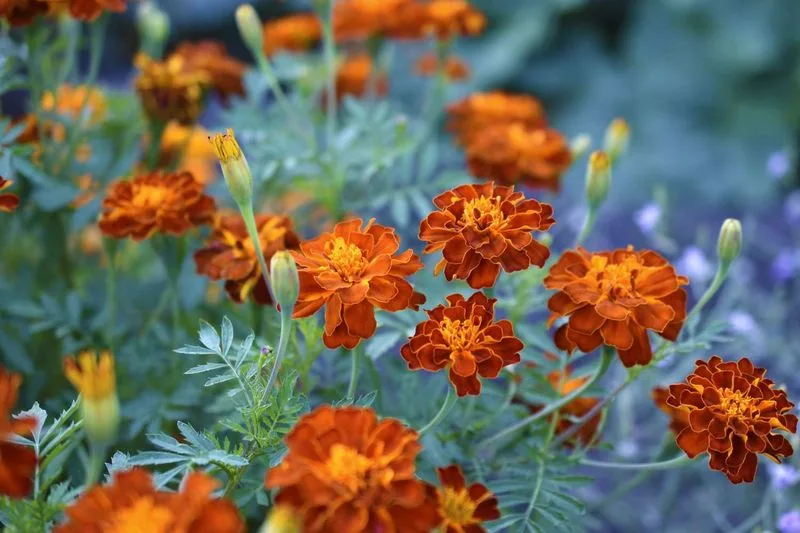
Plants like marigolds are said to repel pests, but no plant can deter all unwanted visitors. Some may reduce certain pests, but they won’t eliminate them entirely. Integrated pest management, including crop rotation and companion planting, provides a more effective solution. Embrace diverse methods to protect your garden holistically.
Myth 10: Watering at Night Causes Disease
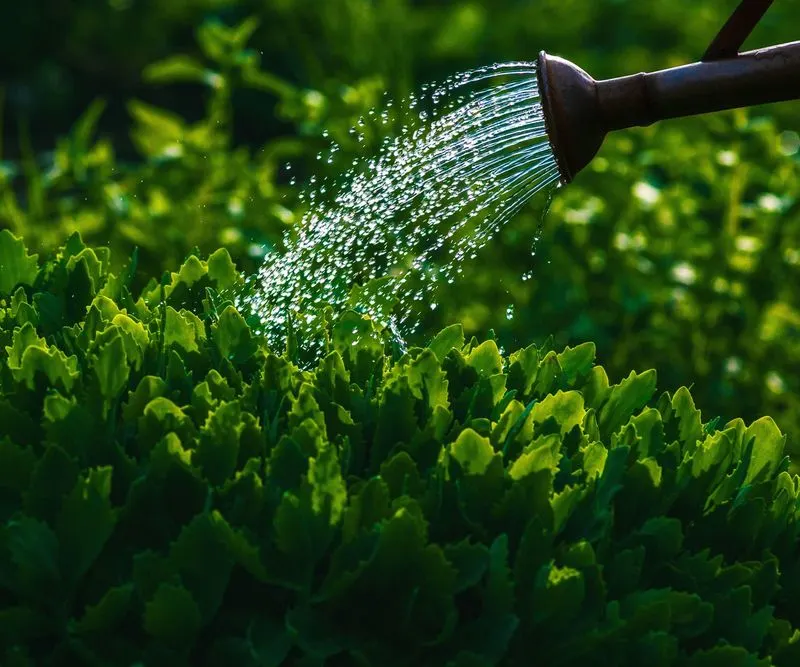
Watering at night is often discouraged due to disease fears, but the real risk lies in prolonged wetness. Ensure good air circulation and soil drainage to prevent fungal issues. Evening watering can be beneficial in hot climates, reducing evaporation. Adapt your watering habits to suit your garden’s unique conditions, time included.
Myth 11: All Insects in Your Garden Are Harmful
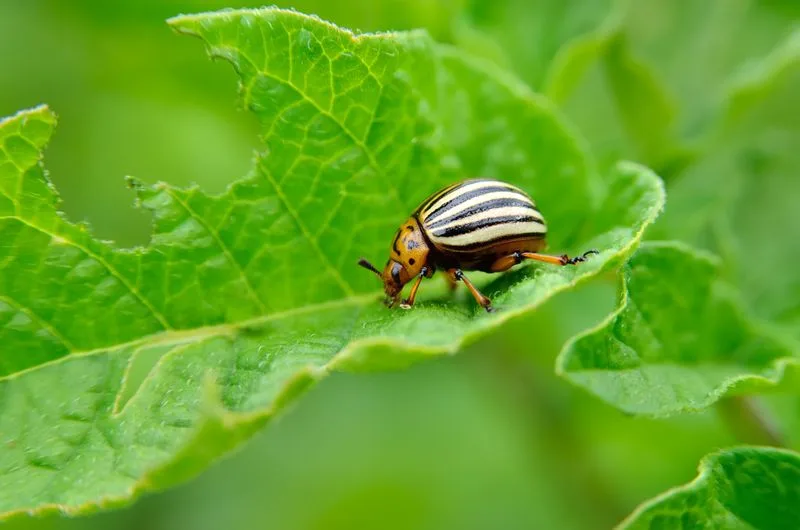
Not all insects are the enemy in your garden. Beneficial insects like ladybugs and bees play vital roles in pollination and pest control. Encourage these allies by providing diverse plant life and avoiding broad-spectrum insecticides. Understanding the ecosystem within your garden allows you to support beneficial insects, enhancing garden health naturally.
Myth 12: You Don’t Need to Water During Rainy Seasons
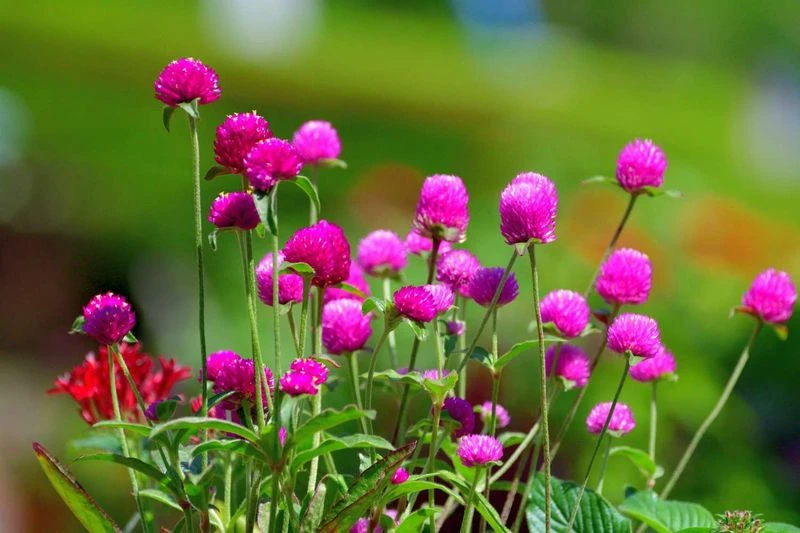
Even during rainy periods, your plants might require additional watering. Depending on soil type and plant needs, rainwater may not penetrate deeply enough to reach roots. Regularly check soil moisture levels to ensure optimal hydration. This simple practice prevents root stress and supports consistent growth, even when nature seems to do the watering for you.
Myth 13: Pruning in Fall is Best
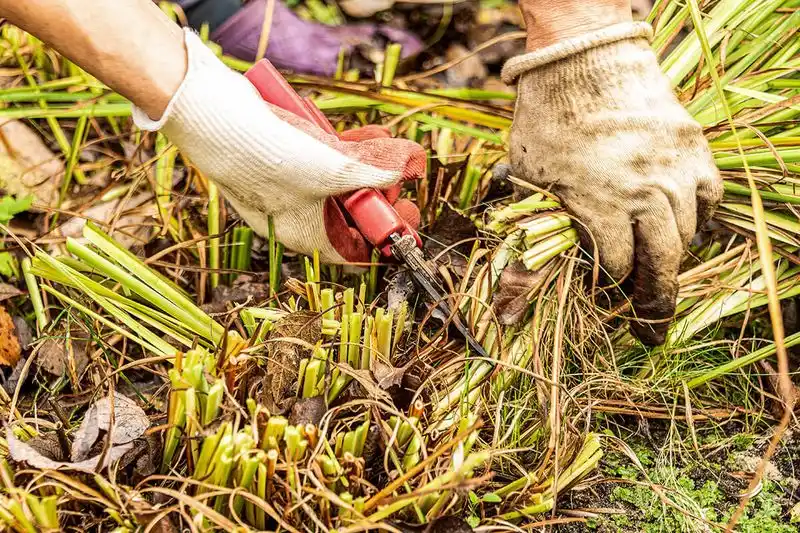
Autumn pruning can actually hinder plant recovery. Many plants are best pruned in late winter or early spring when they’re dormant. Fall pruning may stimulate new growth that doesn’t survive winter. Timing your pruning to your plants’ lifecycle ensures healthy growth and recovery. A considered approach benefits your garden more than hasty fall trimming.
Myth 14: Epsom Salts Are a Universal Cure-All
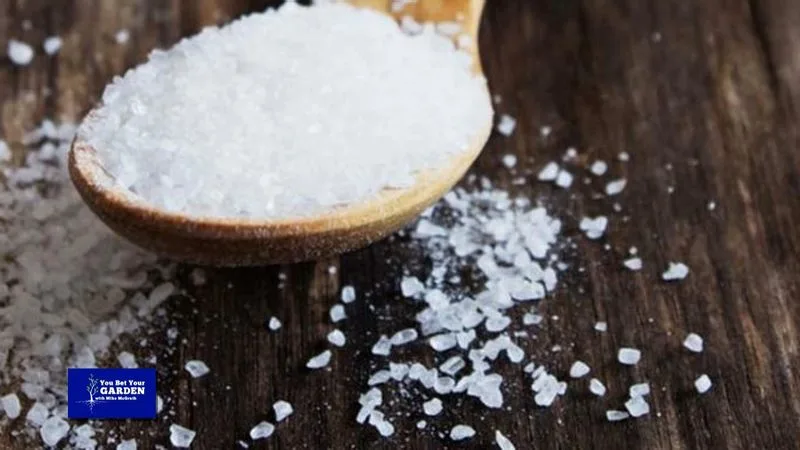
Epsom salts are often touted as a magic solution for various plant issues, but they aren’t universally beneficial. While they provide magnesium and sulfur, not all plants require these nutrients in excess. Misuse can lead to soil imbalance. Before reaching for Epsom salts, understand your soil’s specific deficiencies to apply them effectively.
Myth 15: Bigger Pots Mean Bigger Plants
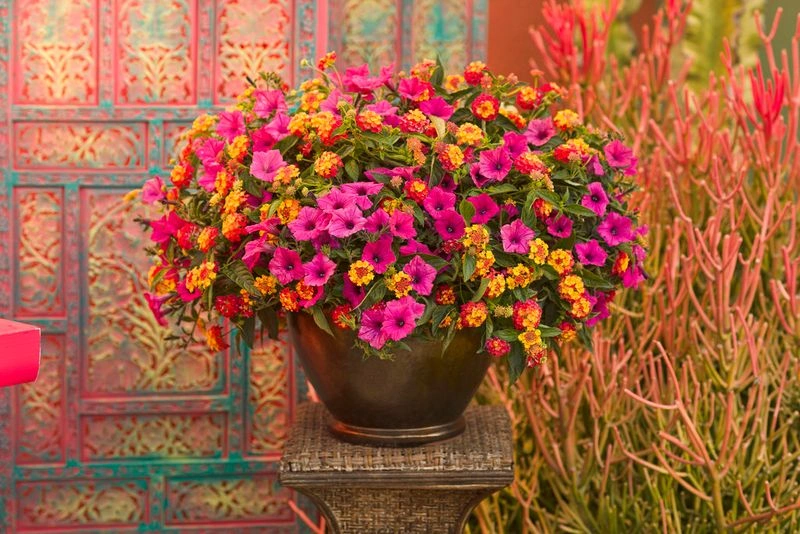
A large pot doesn’t automatically lead to larger plants. Oversized containers can retain too much moisture, causing root rot. Matching pot size to plant needs ensures healthy root development. Consider gradual repotting as plants grow, providing adequate space without overwhelming their root systems. This careful approach promotes robust and thriving plants.
Myth 16: Succulents Thrive on Neglect
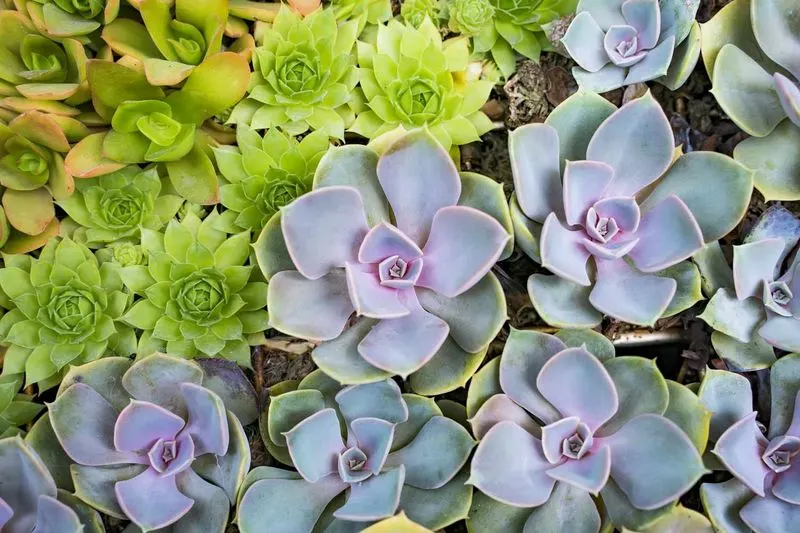
Succulents are hardy but not indestructible. They need attention, including proper watering and light conditions. While drought-resistant, they still require occasional care. Placing them where they receive adequate sunlight and monitoring soil moisture promotes healthy growth. Succulents thrive with informed care, not neglect, ensuring their unique beauty endures.

